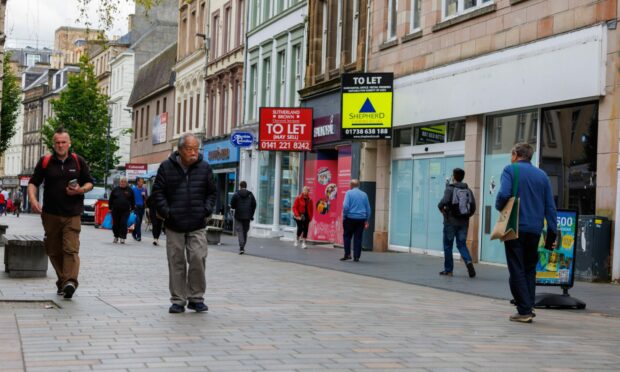Criminals picked the wrong person when they targeted Ian Scott in a lottery scam.
The Perth and Kinross police commander wasn’t taken in by their assurances that he had won almost a million pounds in a contest he hadn’t entered.
And now Chief Inspector Scott is urging locals to follow his example and be on their guard against similar fraud attempts.
“It’s ironic that I was chosen and it just goes to show that anybody can be targeted,” he said.
The police chief was informed by letter that he had won £900,000 after his postcode was selected from more than 390,000,000 individuals across the globe.
He was to contact an individual in London to process the prize — and to keep quiet about his good fortune.
Mr Scott said: “The letter I received instructs me that I must not inform anyone of my win to ‘avoid unwanted abuse or the program or fraudulent acts from criminal minded and unauthorised persons.’
“Genuine lotteries thrive on publicity, so why would they want to keep this a secret?”
The request is a ploy to persuade unwitting residents to part with their personal details, he explained.
“If you respond to the fraudster, you’ll be asked to supply personal information and copies of official documents, such as your passport, as proof of identity. The fraudsters can then use this information to steal your identity.
“Once you’ve provided your personal information, the fraudsters will ask you to pay various fees – for example taxes, legal fees and banking fees – so that they can release your non-existent winnings.”
Experience of investigating similar cases has told him that each time people make a payment, the fraudsters will come up with a reason why the winnings can’t be paid out unless there is another payment made.
Having already handed over a series of sums, people may be lured into parting with huge chunks of money for nothing.
It’s not the first time Mr Scott has been targeted by scammers.
“Around two years ago I was informed I had won £1,000,000 in an international lottery that I hadn’t even entered,” he said.
“If anyone receives these emails or letters don’t be lured in, simply delete or destroy them.”










